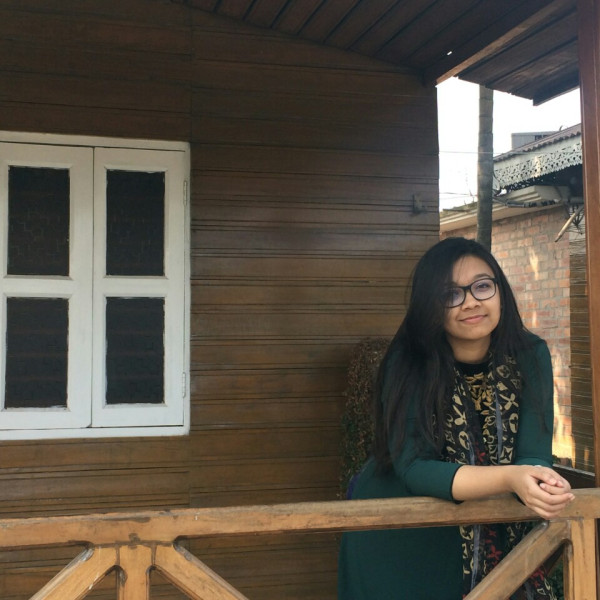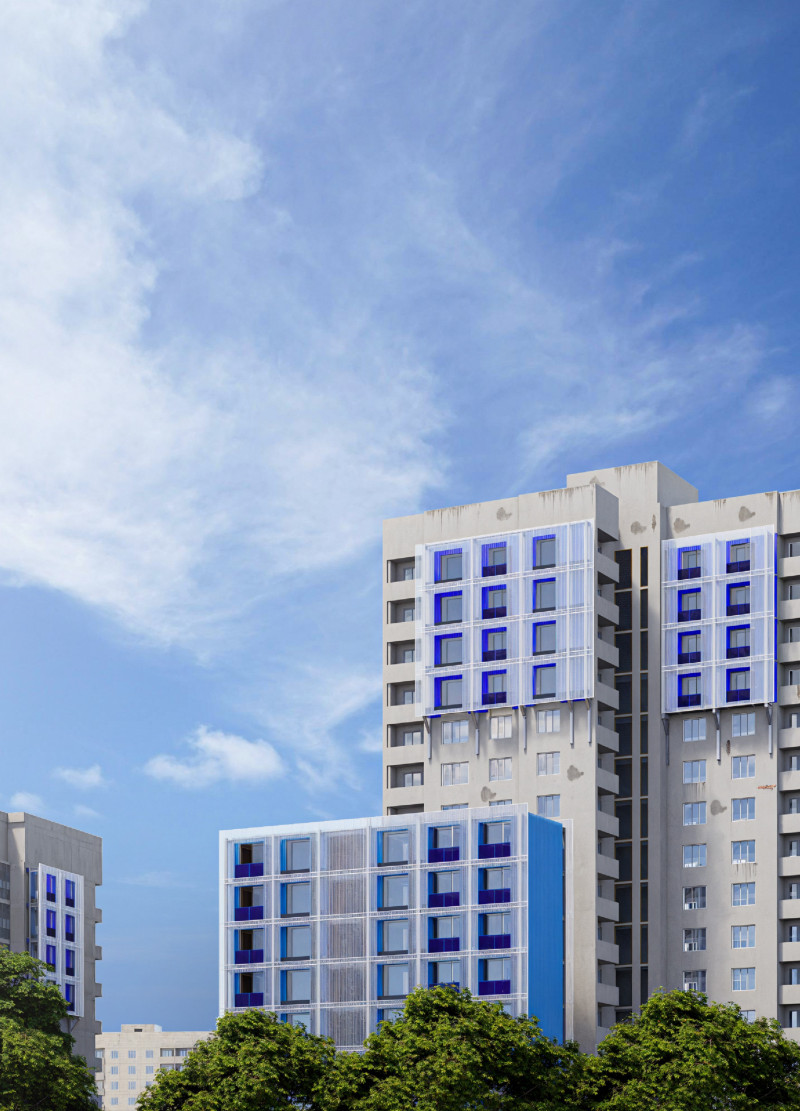5 key facts about this project
The primary function of the project is to provide mixed-use space that includes residential units, community areas, and recreational facilities. This approach allows for a multifaceted use of the site, supporting various activities and fostering social interaction among residents. The residential units are designed with modular layouts to accommodate diverse family configurations, prioritizing comfort and flexibility.
The architecture employs a combination of materials, prominently featuring poured concrete, steel frames, glass panels, and sustainable wood finishes. The use of concrete establishes a solid foundation, while the steel framework enhances the building's structural integrity and adaptability. Glazed and polycarbonate elements ensure natural light permeates the interior while optimizing energy efficiency. The inclusion of wood finishes not only offers warmth but also reinforces sustainable practices, as these materials are sourced responsibly.
Innovative Design Approaches
One distinguishing feature of this project is the integration of community-focused spaces within the architectural framework. Areas for social interaction, such as co-working facilities, play zones, and green spaces, are intentionally designed to facilitate engagement among residents. This holistic approach contrasts with typical developments that prioritize private living arrangements, reinforcing the project's commitment to enhancing community ties.
Additionally, the architectural design incorporates a resilient landscape that connects the building to its surroundings. Strategic landscaping provides accessibility for residents while creating recreational areas that promote outdoor activity. Elements like these not only enhance usability but also contribute to a sustainable environment that mitigates urban heat and fosters biodiversity.
Prioritization of Resilience and Sustainability
The emphasis on resilience and sustainability informs every aspect of this project. The use of an existing structure minimizes environmental impact, reducing the resources associated with new construction. Furthermore, the architectural strategies implemented throughout the design focus on energy efficiency and durability, ensuring long-term viability.
Through careful consideration of historical context and community needs, "Resilience in Time" serves as a model for urban development that respects local heritage while looking toward the future. This project stands as an example of how thoughtful architecture can create meaningful impacts within communities.
For a deeper understanding of this architectural endeavor, readers are encouraged to explore various elements, including architectural plans, architectural sections, and architectural designs that further illustrate the innovative ideas embodied in this project.


 Sihinta Sabin Shamama,
Sihinta Sabin Shamama, 























